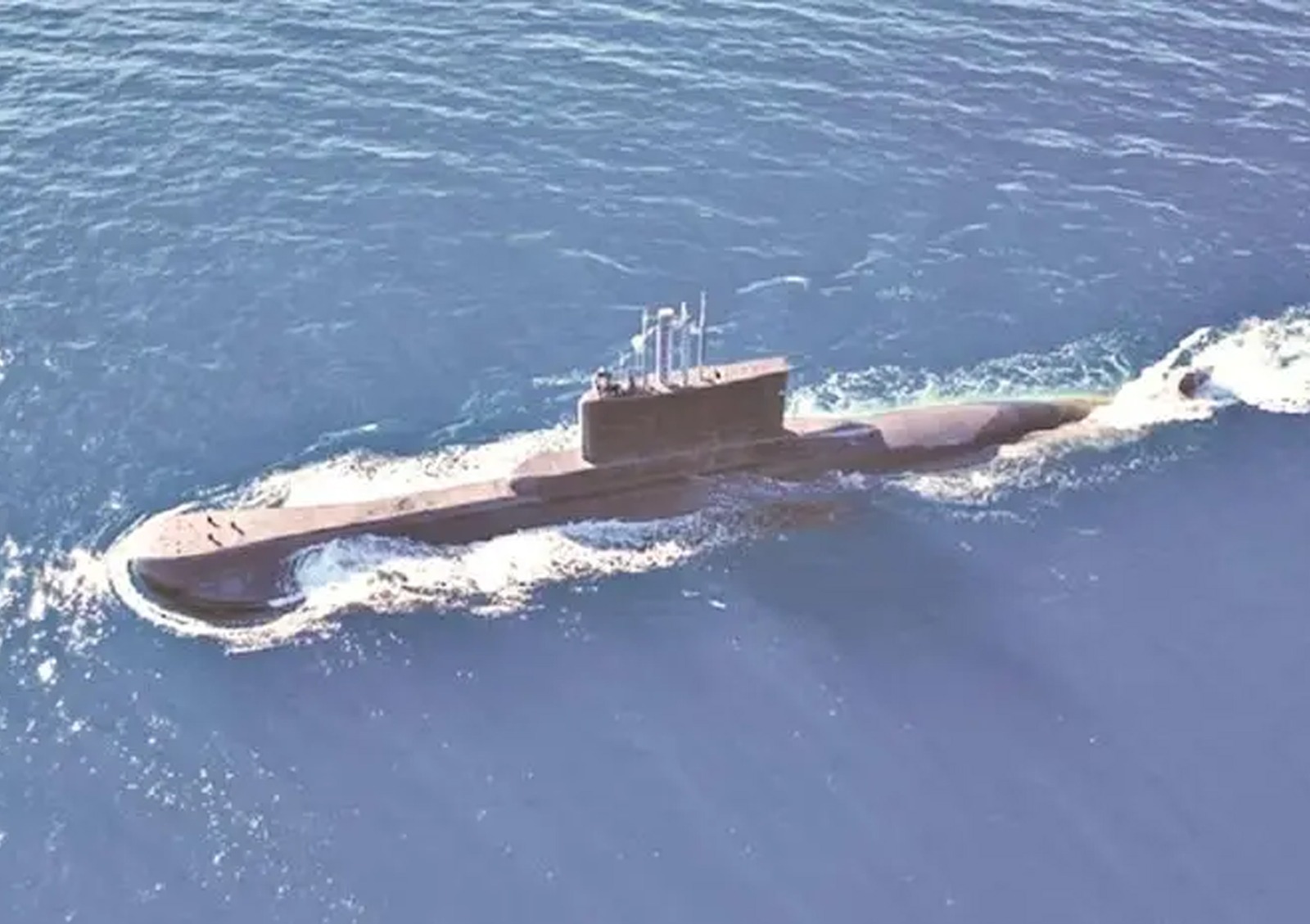
On its surface, the Bay of Bengal appeared calm, fishermen hauling in their nets, cargo vessels following ancient trade routes, and the navy keeping a constant patrol. And behind this routine is a shadow war of espionage and counter-espionage, as countries use their most advanced ships to sneak into each other's secrets.
This fact was uncovered by a French maritime intelligence company, Unseenlabs, as part of the normal 16-day survey of the Bay. Using satellites to track radio frequency emissions from nearly 1,900 vessels, their analysts noticed something troubling: almost 10 per cent of ships had deliberately switched off their Automatic Identification System (AIS), the maritime equivalent of flying dark.
Among these ghost ships, one stood out. A Chinese research vessel, operating just 120 nautical miles from Indian military zones, had spent days methodically moving through international waters while broadcasting no identifying signals. Yet its radio frequency signature remained consistent and traceable, allowing the French firm to shadow its movements like a digital bloodhound.
Unseenlabs said in a statement: "We suspect this large Chinese research ship was probably not functioning out of innocence and followed some sort of strategy." The ship seemed to be performing seafloor mapping, acoustic environmental survey, and even submarine transit routes detection, the activities that assist in surveillance and preparation for anti-submarine warfare.
This isn't merely academic research. These activities map the ocean's hidden geography, charting the underwater highways that submarines use to move undetected. In an era where nuclear submarines carry enough firepower to level cities, knowing these routes becomes a matter of national survival.
The incident highlights how modern maritime espionage has evolved beyond the crude spy ships of the Cold War. Today's research vessels bristle with sophisticated sensors capable of detecting the faintest acoustic signatures of submarines, mapping ocean currents that affect torpedo trajectories, and identifying the underwater terrain that could hide or expose military assets.
For India, this represents a particular challenge. The Bay of Bengal serves as a crucial gateway to the Indian Ocean, through which much of the nation's trade flows. Chinese vessels have been spotted with increasing frequency in these waters, part of Beijing's broader strategy to project power across the Indo-Pacific region.
The Indian Navy and Coast Guard have grown accustomed to such encounters, maintaining vigilant surveillance of all vessels operating near Indian waters. Yet the scale of concealed activity—nearly one in ten ships hiding their presence suggests a new level of maritime gamesmanship.
Naval planners believe this represents just the beginning. While Chinese warships and submarines already patrol the Indian Ocean, aircraft carriers are expected to follow soon, transforming the region into a theatre of great power competition.
The ghost ship in the Bay of Bengal serves as a reminder that in our interconnected world, the most consequential battles often occur in places we never see in the depths of the ocean, where nations probe each other's defences while maintaining the fiction of peaceful research.
What appears as scientific inquiry on the surface may well be preparation for conflicts yet to come.